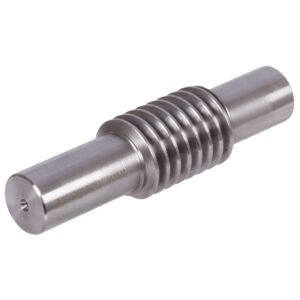Screw Jack Parts and Materials
Home » Screw Jack parts and materials
Screw jacks are versatile mechanical devices used for lifting, lowering, and positioning heavy loads, They consist of various components that work together to provide linear motion and mechanical advantage. Understanding the different parts and materials used in screw jacks is crucial for selecting the right jack for your application.In this guide, we will show you the key components and materials commonly found in screw jacks.
The primary components and material of a screw jack typically include:
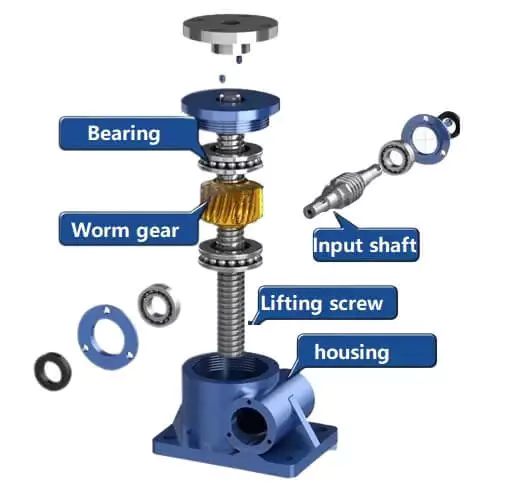
Housing or Base:
The housing or base of the screw jack encloses and supports the internal componentsIt provides stability and rigidity to the jack, ensuring proper functioning and load-bearing capacity.
Screw jacks housings are commonly made from various materials depending on their intended application and load-bearing requirements. The choice of material ensures strength, durability, and resistance to wear. Some of the materials used for screw jack housing include:
- Steel: Steel is a popular choice for screw jacks due to its high strength and excellent load-bearing capabilities. lt provides durability and stability, making it suitable for heavy-duty applications.
- Cast lron: Cast iron is known for its strength and resistance to deformation. lt is commonly used in applications where robustness and stability are crucial.
- Aluminum alloy: Aluminum alloy is a light weight material with good corrosion resistance. It is often used in applications where weight reduction is important without compromising strength, such as in the automotive or aerospace industries.
- Stainless steel: stainless steel is preferred when corrosion resistance is essential. it is commonly used in environments with high moisture, chemicals, or temperature variations.
ACT industry housings use the above materials depending on models and load capacity.
Lifting screw:
The screw, also known as the lifting screw or power screw, is a threaded rod that converts rotary motion into linear motion. It is a crucial component responsible for the vertical movement of the load.
Screw Material: Common materials for lifting screws include steel alloys (such as carbon steel or stainless steel) known for their strength, durability, and resistance to wear.
ACT Industry screw material options: C45 steel, 316, 304, GCr15.
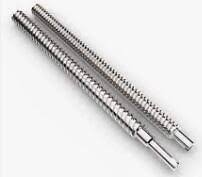
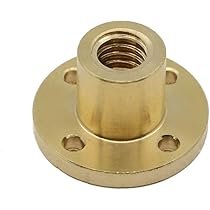
Nut:
The nut, also referred to as the lifting nut or traveling nut, is a threaded component that engages with the screw. As the screw rotates, the nut moves up or down along the screw, resulting in the desired vertical displacement.
Nut Material: Nuts are often made from bronze, a material with excellent load-bearing properties and self-lubricating capabilities. ACT industry nut material options: ZQAI9-4 and ZCuSn10Pb1.
Bearings:
Bearings are used to reduce friction between moving parts, such as the screw and nut or the worm gear and worm wheel. They enable smooth rotation and movement, enhancing the overall efficiency of the screw jack.
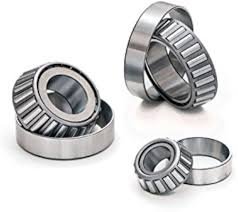
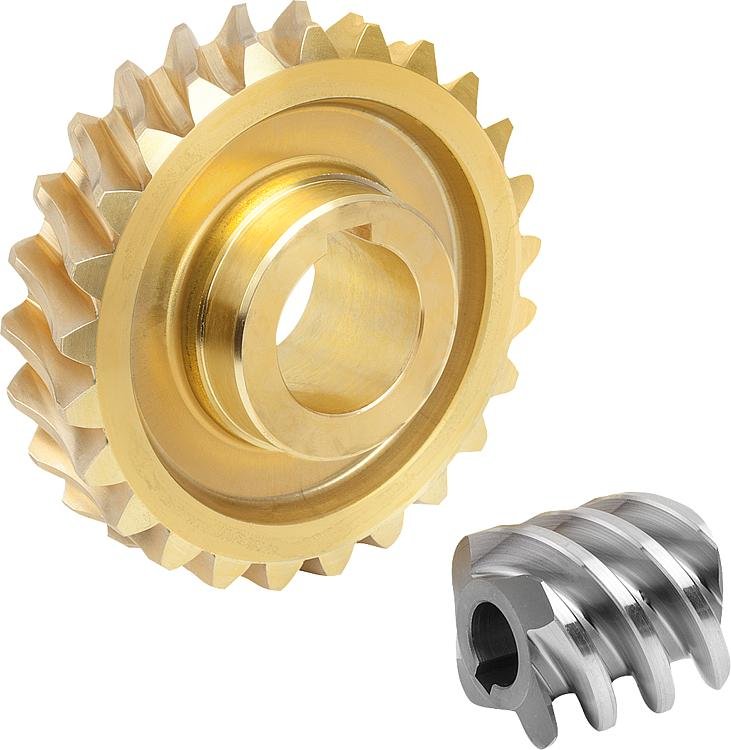
Worm Gear:
A cylindrical gear is connected to the input shaft, which meshes with the worm (a screw-like component) to transfer motion to the lifting screw.
Worm Gear Material: Worm gears are typically made from bronze, chosen for their strength, wear resistance, and ability to handle high loads. ACT industry worm gear material options: ZQAl9-4 and ZCuSn10Pb1.
Input Shaft:
The component that connects to an external power source (e.g.,
motor or hand crank) to rotate the worm gear and initiate motion.
Input Shaft Material: input shafts are often made from steel alloys or hardened materials to withstand torque and provide reliable power transmission. ACT industry input shaft options: 20CrMnTi, 40Cr, C45steel.
